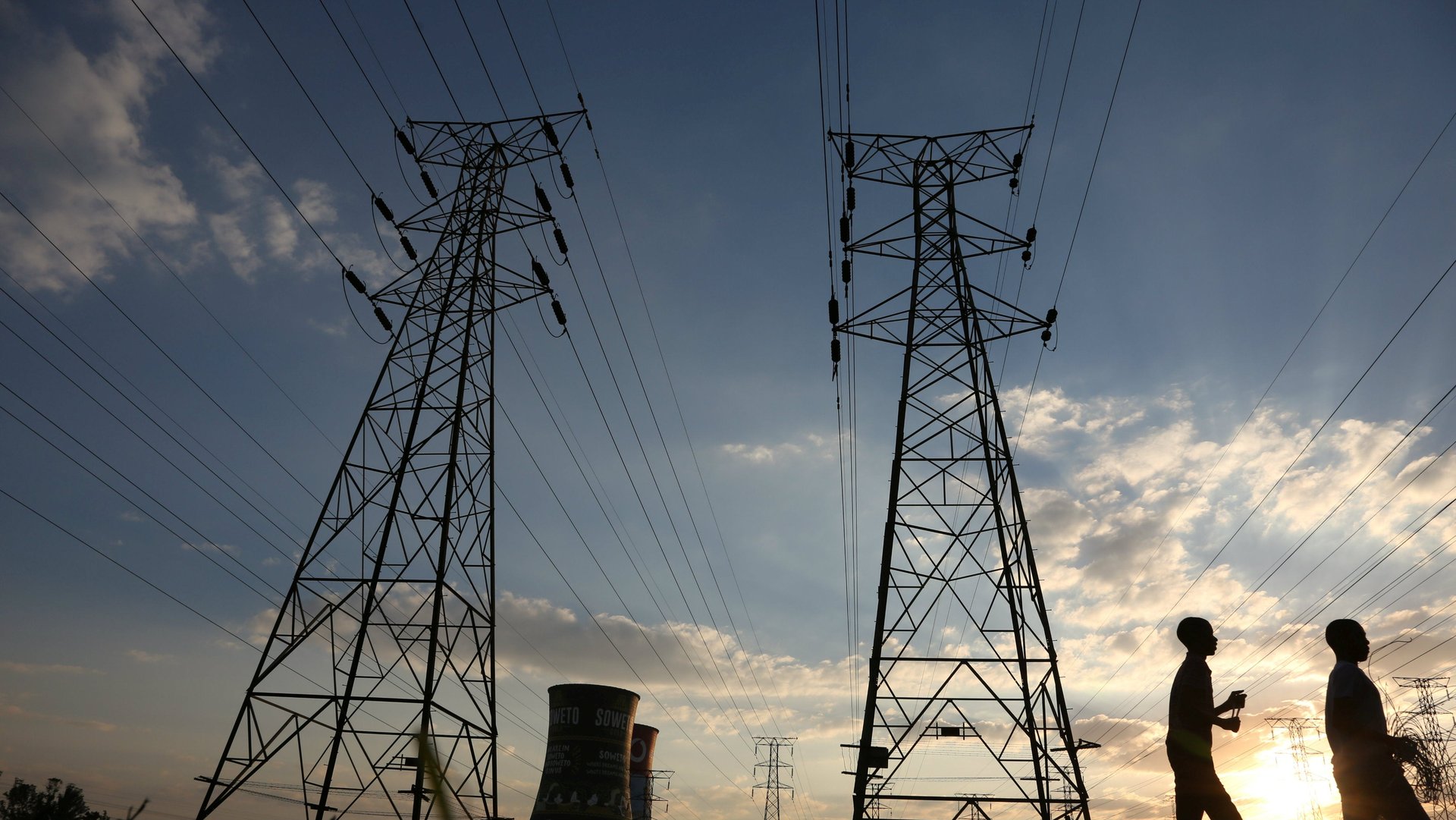Access to electricity is growing rapidly around the world—except in Africa
For the first time ever, there are fewer than a billion people without electricity globally.


For the first time ever, there are fewer than a billion people without electricity globally.
The milestone is down to significant progress made last year with over 120 million people worldwide gaining access to electricity, new data from the International Energy Agency’s (IEA) World Energy Outlook 2018 shows. But much of that progress has been uneven, and has happened away from Africa. Indeed, around three-quarters of the half a billion people who have gained access to electricity since 2011 are in Asia. India, Bangladesh and Indonesia have all been success stories achieving electrification rates higher than 80% despite their vast populations.
While the electrification rate in Africa has also increased—now at 43%, it has not kept pace with the continent’s growing population. As such, the population without access to electricity still stands at the big 600 million number. For context, while over 200 million people have gained access since the turn of the millennium, population growth has happened faster on the continent. The contrast of crawling electrification and booming population will likely remain prominent in coming decades given projected population growth on the continent.
The rate of electrification on the continent is also growing unevenly. Gabon, Algeria, Morocco, Libya, Tunisia and Egypt all have electrification rates of over 90% while 15 countries on the continent have access rates below 25%. Indeed, more than a quarter of all people living without electricity in Africa live in just four of the continent’s largest economies, Nigeria, Angola, Sudan and Ethiopia.
The cost—and difficulty—of grid connections remain a stumbling block to electrification for most countries. But a continent-wide trend of setting low tariff prices also renders power utilities bankrupt and unable to provide better services to grid connections that exist: sub Saharan African countries have annual power outages of up to 4,600 hours, World Bank says. And shoring up that lack of stable power with back-up diesel generators comes at high health and economic costs.
African countries are also increasingly turning to off-grid renewable energy solutions to boost electrification. As part of its National Electrification Program to reach universal access by 2025, Ethiopia is aiming to reach 35% of the population with off-grid solutions. Morocco is also pushing for renewable energy to generate 52% of its electricity by 2030. But large-scale adoption of solar energy for electricity generation is not without its obstacles as some of the continent’s biggest solar energy companies say commitment is lacking at the highest levels of government.
Sign up to the Quartz Africa Weekly Brief here for news and analysis on African business, tech and innovation in your inbox